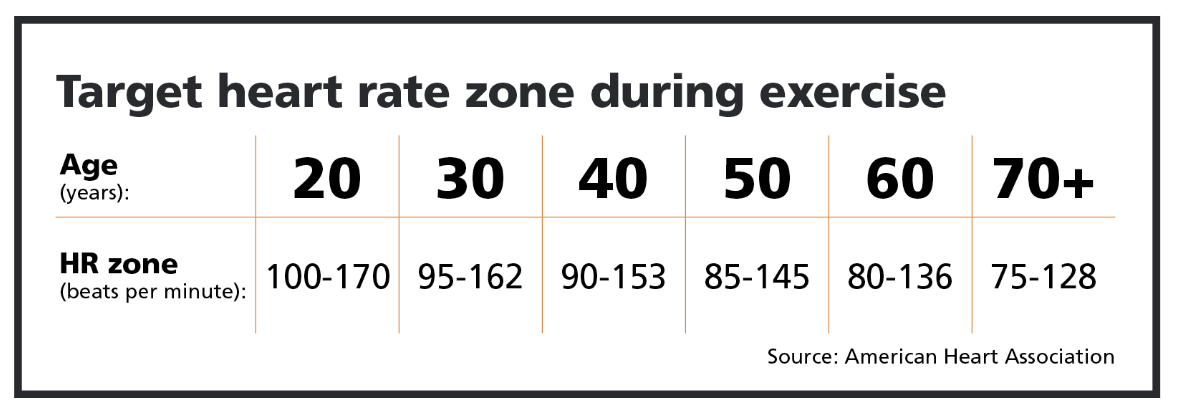Easy Ways to Check Your Heart
By Karin Meessen
Here at Pongo Power, we love empowering people everywhere by equipping them with the knowledge and the tools that will enable them to take their health into their own hands.
What better month than February, American Heart Month, to share some tips on how to check in on your own heart?
Does that workout that once left you out of breath pose no longer a challenge? Hauling packages, suitcases and bags of groceries no longer break your back?
So you may wonder if that means that your heart is a bit, or a lot, healthier.
And that’s important since heart disease is still the number one killer in America.
Here are some easy ways to test your heart’s fitness without a trip to the doctor or fancy equipment.
It goes without saying that none of these methods should replace that annual check up with your doctor.
Your resting heart rate
How hard your heart works when you’re not active indicates how efficient it is.
According to the American Heart Association (AHA), a resting heart rate for most adults is between 60 and 100 beats per minute. The fitter you are, the lower your resting heart rate.
To get your heart rate, check your pulse.
To find it at your neck: Place your index and middle fingers to the side of your windpipe.
To find it at your wrist: Touch 2 fingertips just inside your wrist bone where your hand meets your wrist.
Once you feel your pulse, count the number of beats in 15 seconds and then multiply that number by 4.
Your target heart rate
Now that you measured your resting heart rate, do you know what your heart rate should be during activity?
It’s important to know, because staying in your target zone will help you get the most out of your efforts while preventing overexertion.
To calculate your own maximum heart rate, subtract your age from 220 (generally how high your pulse can get). The closer you are to that maximum number, the harder you’re working.
You can use this chart from the AHA to find your target heart rate zone during exercise:
Another important factor to track your heart’s fitness is how quickly you recover after activity. To determine this:
Check your heart rate right after activity.
Check it again one minute later.
It’s ideal if your heart rate returns to its resting rate around that one-minute mark.
Your physical fitness
Some tried and true tests, while they may seem old-fashioned, are still used by researchers all over the world.
Stair climbing: If you can climb four flights of stairs in one minute, your heart is in good shape. This is according to researchers from the European Society of Cardiology (ESC). “The stairs test is an easy way to check your heart health,” said Dr. Jesús Peteiro, a cardiologist at University Hospital A Coruña, Spain. “If it takes you more than one-and-a-half minutes to ascend four flights of stairs, your health is suboptimal, and it would be a good idea to consult a doctor.”
The Rockport 1-mile walk test: For this test, walk one mile as fast as you can, on a treadmill or outside. Then record your heart rate (see above on how to do this) and the time it took you to walk that one mile. Enter your results into the Rockport 1-mile walk calculator to see which classification you fall into based on your age and gender.
No matter where you’re starting your healthy heart journey, find the form of movement that fuels your passion. Doing something you enjoy ensures that you will stick with it. With consistency, you should start to notice an increase in your aerobic capacity in about 8 to 12 weeks.
For valuable insight into how to optimize your fitness, schedule your free movement analysis and consultation with a Pongo Power trainer today.



